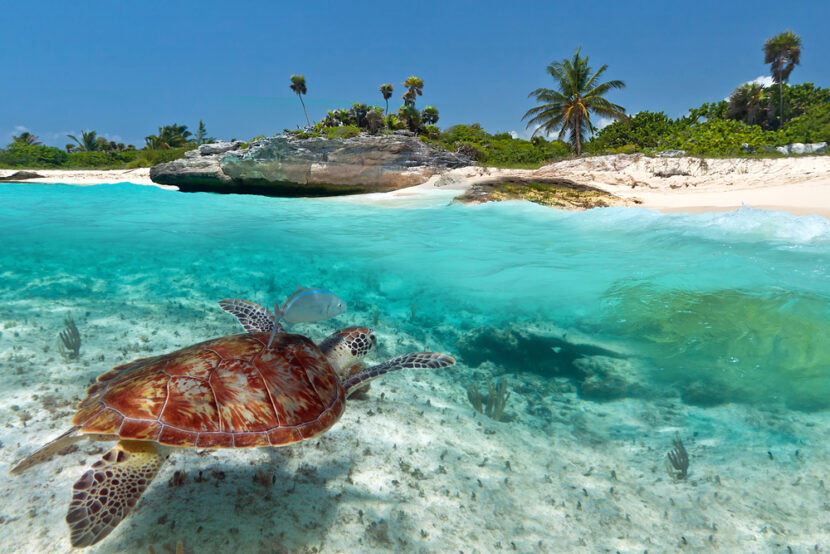Research and Markets has released a new report titled Travel and Tourism in Mexico, exploring trends in Mexico’s tourism sector which is expected to grow at a rate of 2.96% over the forecast period.
The global financial crisis in 2009 had a negative impact on the Mexican travel and tourism sector. Economic conditions improved and in 2010 the tourism sector showed signs of recovery, with growth recorded in domestic and international tourist volumes. During the historic period (2010-2014), Mexico’s domestic tourist volumes expanded at a compound annual growth rate (CAGR) of 8.51%. The government has been making continuous efforts to develop and promote tourism through infrastructure development and campaigns.
The Mexican government has dedicated itself to improving infrastructure through the National Infrastructure Plan (NIP) 2014-2018. The plan includes the extensive development and upgrade of roads, ports, railways, and airports. Improvements to transport infrastructure will support the growth of the travel and tourism sector and its related industries. Private companies are also expected to increase their investments in the tourism sector, to reach a total investment of MXN109.6 billion (US$8.6 billion) between 2014 and 2016.
The Mexican government has promoted tourism to counteract the country’s lawless image. It organized promotional campaigns in key source countries and international events, developed electronic visa systems to simplify the visa process, and introduced niche tourism areas such as adventure tourism.
The number of inbound tourist arrivals to Mexico is expected to reach 28.8 million by 2019, representative of a CAGR of2.96% during the forecast period. The growth is driven by the influx of tourists from the country’s North American neighbors.
A large Mexican population resides in the US; according to the US 2010 Census, 33.7 million people of Mexican origin resided in the US. Mexico stands to gain from the US-based diaspora, as it will develop tourism packages targeted at the migrant population.
Growth will also be driven by the tourism promotion efforts of the MTB in the US, and improvements in relations with Cuba following the Mexican president’s visit to Havana in 2012.
Total inbound tourist expenditure will record a CAGR of 7.33% during the forecast period.
Aviation capacity has been increasing. In 2011-2012, LCCs Interjet and Volaris ordered 40 Airbus jets each, and in August 2013, AeroMexico Airlines added one Boeing 787-8 jet to its fleet. Further growth in capacity is expected over the forecast period as AeroMexico plans to add another 19 Boeing 787-8 jets by the end of 2019.
Mexico’s hotel market profited from the increased number of domestic and international visitors during the historic period. Total hotel revenue increased at a CAGR of 12.51% from MXN166.5 billion (US$13.2 billion) in 2010 to MXN266.9 billion (US$20.8 billion) in 2014, with upscale hotels recording the highest revenue growth at a robust CAGR of 12.83%. Luxury hotels registered the highest guest growth with a CAGR of 6.48%. The number of hotels in the country increased from 9,925 in 2010 to 10,596 in 2014, with luxury hotels recording a CAGR of 2.96%.
Adventure travel’s popularity, and government efforts to develop it as a niche tourism area, has made it important for travel agents and tour operators to be aware of the country’s adventure tourism offerings. The Mexican government, in association with the ATTA and as a part of the ATMEX event in 2014, will conduct education programs, such as AdventureEDU, for adventure travel tour operators. The ATMEX event, hosted in August 2014, attracted 400 tour operators (inbound and outbound) and media persons from around the world.
For the full report, visit Research and Markets.
